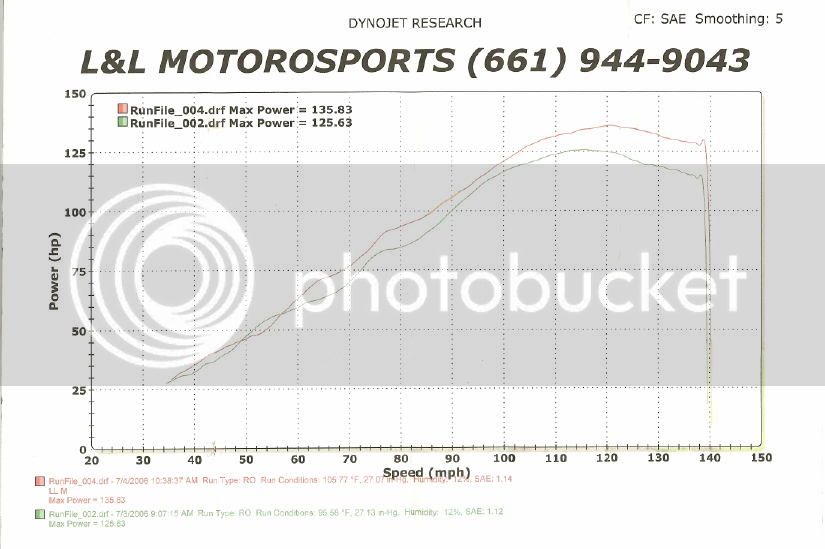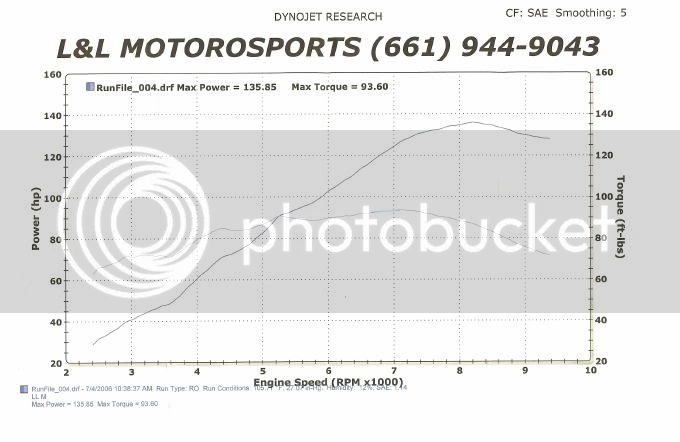Warchild
Benevolent Dictator
Ack, sorry for the tardy response, Doug, I just saw this post now....WC-
Will any of these systems pass the IBR sound check? Particularly the 4-into-1 systems?
Prospective players want to know...less weight/more power=excellent!!
dougc
The Leo Vince Evo II slip-ons will definitely pass, if it's canisters you're after.
The TwoBros would be borderline when new, and will likely cause Tom Austin to break out his decibel meter.
I'll check with Muzzy as I seem to recall they, too, have an optional (removable) baffle to quiet things down a little, and I am reasonably sure their 4-1 system will pass the Sound Check as well. Of all the options, that's the one you'll obviously loose the most weight and gain the most HP from.
Last edited by a moderator:






